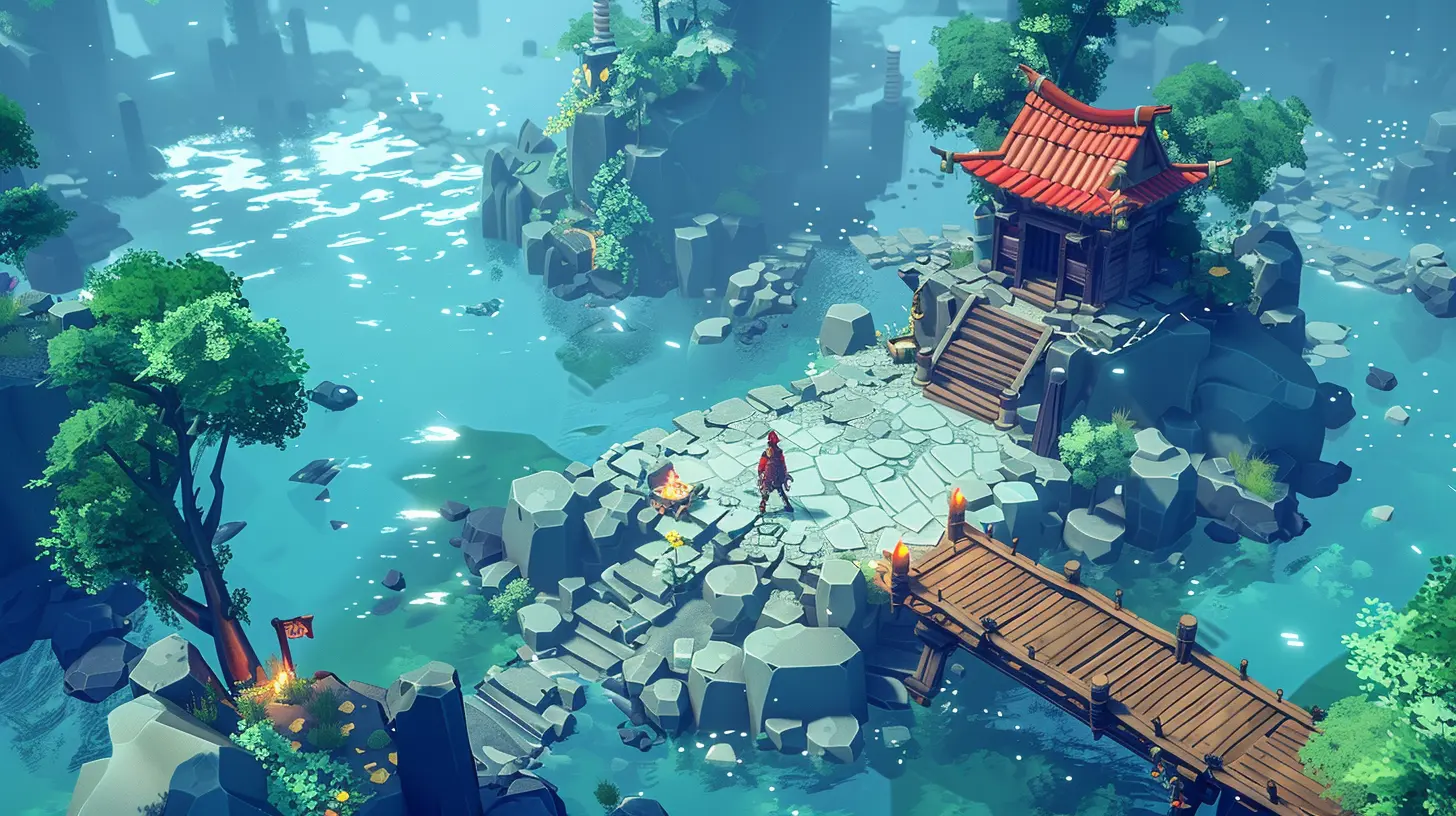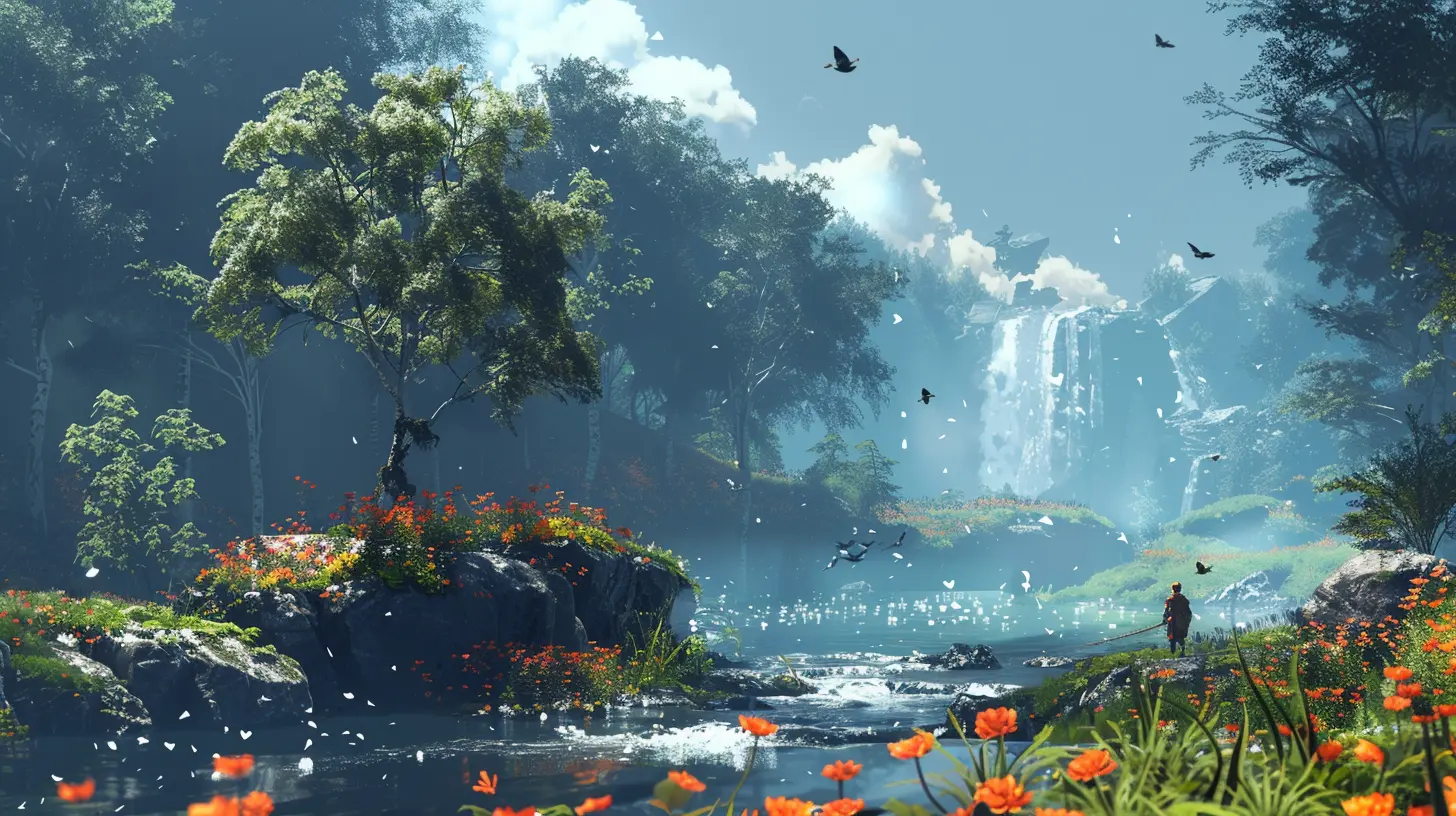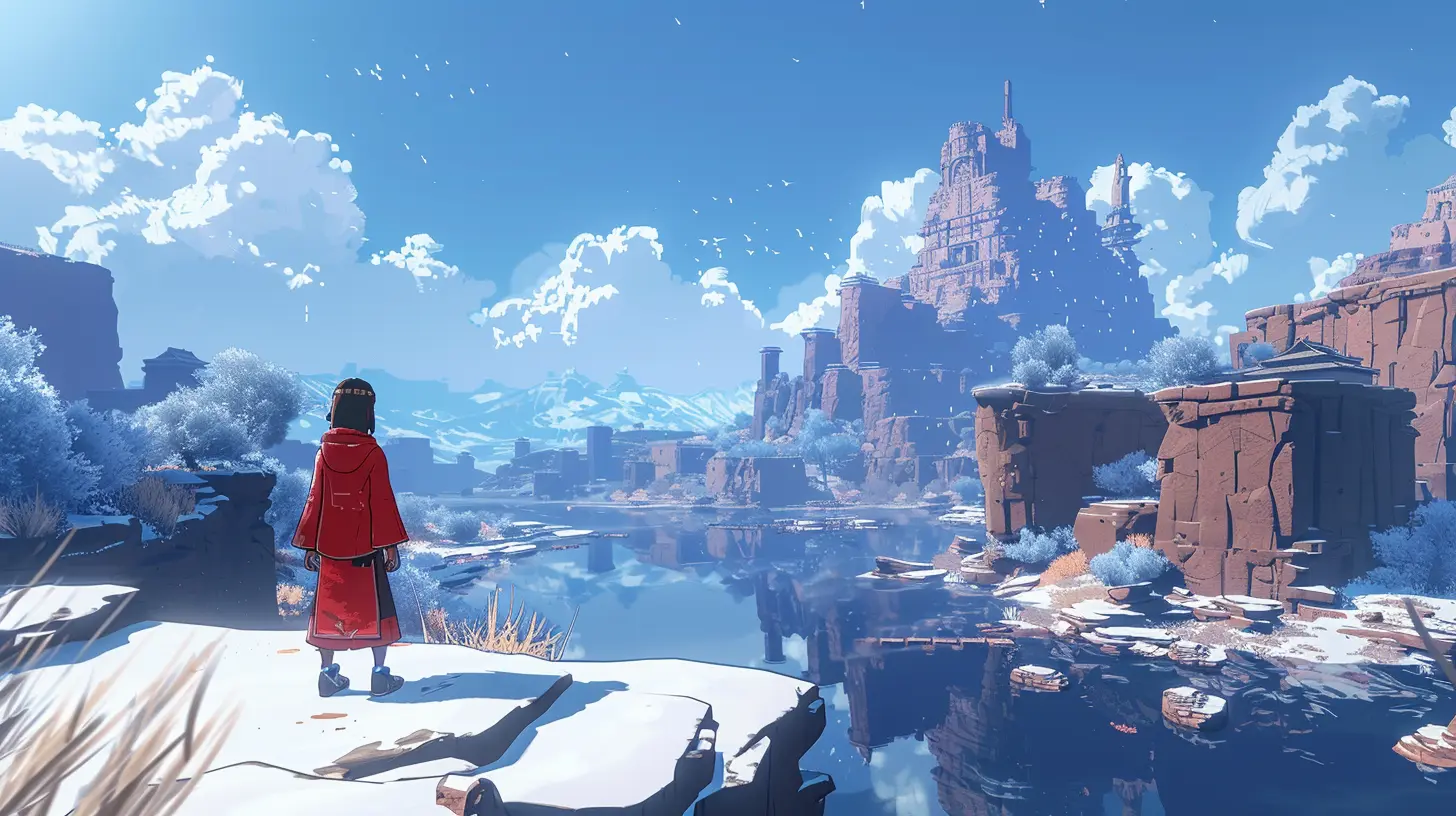Lessons Learned from Early Access Flops
22 August 2025
Gaming has been a wild, colorful journey over the years, hasn’t it? But one of the most controversial trends to emerge in modern gaming is the concept of Early Access—a model where developers release unfinished games to the public, allowing players to fund and test their projects before the official launch.
It sounds like a win-win, right? Gamers get an early sneak peek into their favorite titles, and developers receive invaluable feedback (and funding) to polish the game into perfection. But life’s rarely that simple, is it? Sometimes, what starts as an exciting opportunity morphs into something… well, less than ideal. Early Access has had its fair share of epic flops. Think of them as cautionary tales, warning signs, and, more importantly, opportunities for growth.
In this article, we’ll dive into the key lessons early access disasters have taught us. Because hey, even failure can be a fantastic teacher.
What Is Early Access (And Why Are We Even Talking About Flops)?
Before we jump into the juicy lessons, let’s set the stage. For the uninitiated, Early Access allows players to purchase and play a game while it’s still under development. Steam, for instance, has been a major pioneer of this trend.But here’s the catch: Early Access isn’t a promise… it’s a risk. Some developers deliver masterpieces, like Hades and Subnautica, but others… well, they fumble, leading to abandoned titles, disappointed fans, and some PR nightmares. Remember Godus? Or the infamous Earth: Year 2066? Yeah, those stings still echo.
Why do these flops happen? And more importantly, what can we learn so history doesn’t repeat itself? Let’s dig deeper.
1. Transparency Is Everything
Here’s the tea: Broken promises break trust. One of the most significant problems with failed Early Access games is a lack of transparency. Developers often announce grand features that sound too good to be true—and guess what? Sometimes, they are.Take Godus by Peter Molyneux as an example. The game promised the ultimate god game experience, with innovative mechanics and AI interactions that would evolve over time. The reality? Updates slowed to a halt, and many promised features never saw the light of day. Backers felt betrayed, and the game's reputation crumbled under the weight of disappointment.
The Lesson:
Be honest about what is achievable. Gamers are an understanding bunch—give them timely updates, be upfront about unforeseen challenges, and stay grounded in what’s realistic. Overhyping your game? That’s the quickest way to alienate your audience.
2. Early Access ≠ Permanent Beta
When players join an Early Access game, they’re investing—not just financially, but emotionally. They’re rooting for the game’s success. But nothing burns that bridge faster than a game that never leaves development purgatory, or worse, gets abandoned altogether.Let’s talk about Cube World. Back in 2013, this voxel-based adventure had the gaming world buzzing. But after years of sparse updates and radio silence from the developer, the hype fizzled out. Although the game eventually saw a release in 2019, it felt too little, too late for the community that had supported it for so long.
The Lesson:
Commit to a timeline. Players don’t expect a game to be finished overnight, but they do expect progress. A roadmap (with realistic deadlines) can make all the difference. Even if delays happen—communicate, communicate, communicate.
3. Player Feedback Is a Two-Edged Sword
One of the biggest upsides of Early Access is the chance for players to shape the game with their feedback. That’s awesome, right? Who wouldn’t want direct input into a game’s development? But here’s the kicker—trying to please everyone can spread a development team too thin.Take The Stomping Land. It was a survival game with dinosaurs (and let’s face it, who doesn’t love dinos?). Unfortunately, as feedback piled up, the developers seemed to lose direction. Instead of refining the core gameplay, they tried to appease every player suggestion, which eventually led to the game’s collapse.
The Lesson:
Pick your battles. Feedback is invaluable, but not all suggestions should make it into the game. A clear vision drives success. It’s the developer’s responsibility to filter out what aligns with their goals and what doesn’t.4. Money Mismanagement Is the Silent Killer
Alright, let’s get real for a second—game development is expensive. Early Access funds can feel like a financial lifeline, but here’s where things get messy: Without proper budgeting skills, that money disappears faster than health pickups in a boss fight.Take Earth: Year 2066. The game raised funds through Early Access, but what players got in return was barely functional. With no budget left, the team couldn’t fix the game, and it was pulled from Steam. Ouch.
The Lesson:
Treat Early Access funds responsibly. Developers should think of it as an investment, not a jackpot. Allocating resources wisely and keeping backers informed about where their money is going can help avoid financial disasters.5. Marketing Hype Can Be a Double-Edged Sword
Marketing is essential—don’t get me wrong. But overselling an unfinished product? Yeah, that’s a recipe for disaster. Trailers filled with stunning cutscenes that never make it into the game, buzzwords promising innovation but delivering mediocrity? That’s how you build a hype train bound for disappointment.Take No Man’s Sky. Now, I know what you’re thinking—didn’t it bounce back? Sure, but let’s not forget the storm of criticism it faced at release due to missing features. Hype is a powerful tool, but if it’s not handled with care, it can turn on you faster than a boomerang.
The Lesson:
Under-promise and over-deliver. Build excitement, but don’t stretch the truth. Players value authenticity over flashy trailers any day.6. Technical Stability Is Non-Negotiable
Few things are as rage-inducing as purchasing an Early Access game only to discover that it’s a buggy, unplayable mess. Sure, players understand that Early Access means “unfinished,” but there’s a difference between “unfinished” and “unplayable.”Titles like Spacebase DF-9 suffered due to technical issues that made the game nearly impossible to enjoy. Players don’t expect perfection, but they do expect a functional experience.
The Lesson:
Prioritize stability right out of the gate. A solid framework (even if it’s basic) speaks volumes about a team’s commitment to its project. A buggy game, on the other hand, screams “red flag.”7. Passion Is Key—But So Is Expertise
Let’s be real: Passion fuels creativity. But passion without skill? That’s like trying to build a jet engine with duct tape and dreams. Some Early Access developers enter the scene with great ideas but lack experience or expertise in executing them.Take Towns, for example. Despite its interesting concept, the game got too ambitious for its small team. Developers burned out, updates slowed, and the project was eventually abandoned.
The Lesson:
Know your limits. Whether that means hiring more experienced developers, scaling back the vision, or pacing the workload, success requires more than just good intentions.Conclusion: Failures Are Stepping Stones
Here’s the thing: Failure isn’t the enemy. It’s a teacher. Every Early Access flop has left breadcrumbs of wisdom for developers and gamers alike. It’s a reminder to stay transparent, manage resources, embrace feedback selectively, and stay grounded in realistic goals.Gaming remains this crazy, wonderful creative space because developers push boundaries. And while not every experiment will succeed, the lessons learned along the way help shape a brighter, better future.
So the next time an Early Access game doesn’t go as planned? Take a deep breath, reload, and get back in the game. It’s all part of the journey.
all images in this post were generated using AI tools
Category:
Early Access GamesAuthor:

Francesca West
Discussion
rate this article
1 comments
Kenzie Rocha
Key insights for future developers.
August 23, 2025 at 3:53 AM

Francesca West
Thank you! I'm glad you found the insights valuable for future developers.


